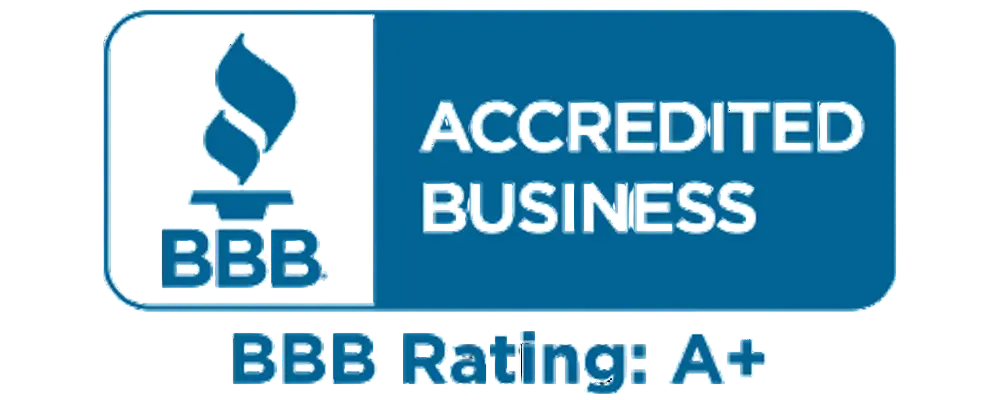Download free PDF
Lead Acid Battery Recycling Market Size - By Process (Pyrometallurgical, Hydrometallurgical, Physical/Mechanical), By Application (SLI and Stationary), Growth Forecast, 2026 - 2035
Report ID: GMI13087
|
Published Date: December 2025
|
Report Format: PDF
Download Free PDF
Authors: Ankit Gupta, Pooja Shukla



Premium Report Details
Base Year: 2025
Companies covered: 17
Tables & Figures: 27
Countries covered: 10
Pages: 112
Download Free PDF

Lead Acid Battery Recycling Market
Get a free sample of this report
Get a free sample of this report Lead Acid Battery Recycling Market
Is your requirement urgent? Please give us your business email
for a speedy delivery!





Lead Acid Battery Recycling Market Size
The global lead acid battery recycling market was estimated at USD 13.2 billion in 2025. The market is expected to grow from USD 14.3 billion in 2026 to USD 31.3 billion in 2035, at a CAGR of 9.1% according to Global Market Insights Inc.
13.5% market share
Lead Acid Battery Recycling Market Trends
Lead Acid Battery Recycling Market Analysis
Based on process, the industry is segmented into pyrometallurgical, hydrometallurgical, physical/mechanical. The hydrometallurgical process accounted for around 59.4% market share in 2025 and is expected to grow at a CAGR of 9.2% through 2035.
Based on application, the lead acid battery recycling market is segmented into SLI (Starting, Lighting, Ignition), stationary, and others. SLI application dominates the market with a 71.8% share in 2025 and is expected to grow at a CAGR of 9% from 2026 to 2035.
Lead Acid Battery Recycling Market Share
Lead Acid Battery Recycling Market Companies
Eminent players operating in the lead acid battery recycling market are:
Lead Acid Battery Recycling Industry News:
This lead acid battery recycling market research report includes an in-depth coverage of the industry with estimates & forecast in terms of revenue in “USD Billion” from 2022 to 2035, for the following segments:
Click here to Buy Section of this Report
Market, By Process
Market, By Application
The above information has been provided for the following regions and countries: